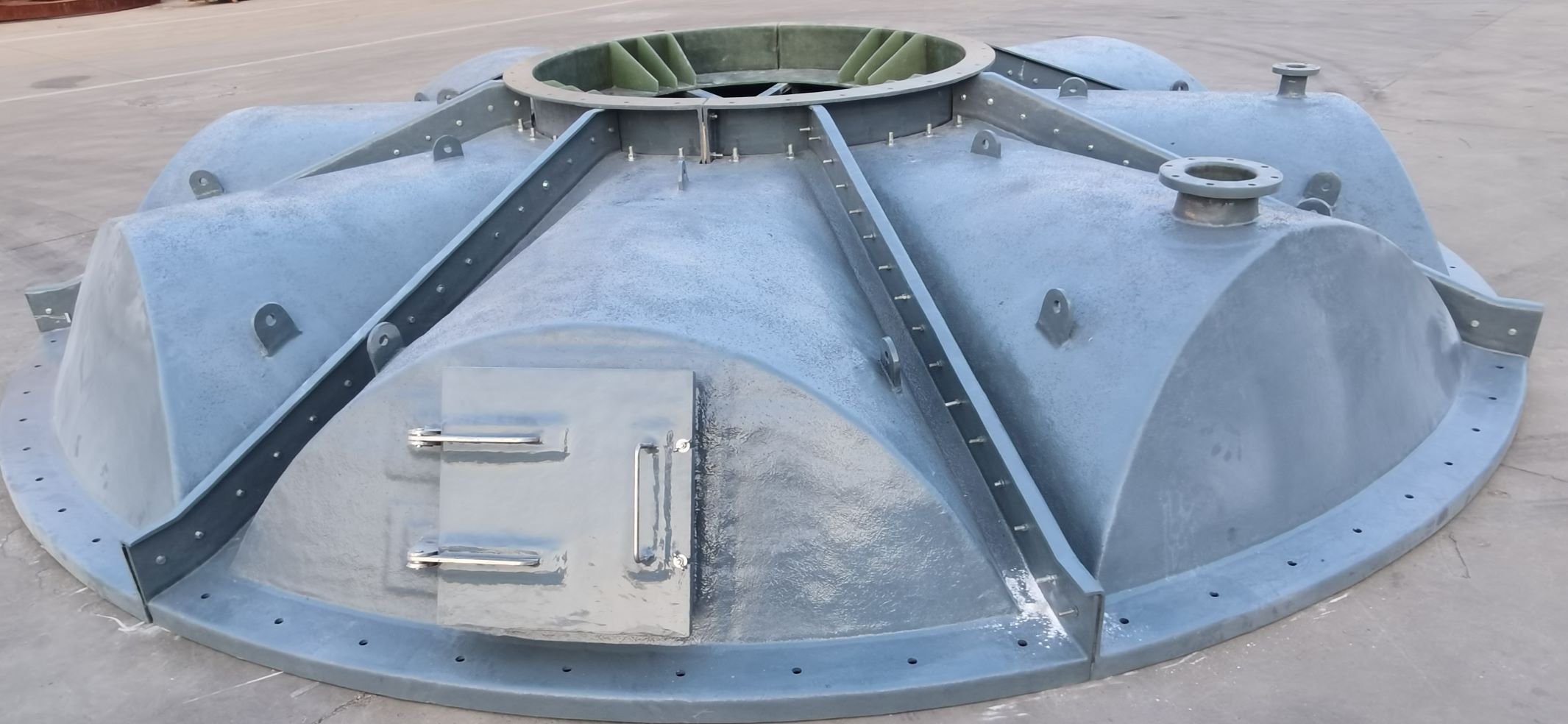
-
 Afrikaans
Afrikaans -
 Albanian
Albanian -
 Amharic
Amharic -
 Arabic
Arabic -
 Armenian
Armenian -
 Azerbaijani
Azerbaijani -
 Basque
Basque -
 Belarusian
Belarusian -
 Bengali
Bengali -
 Bosnian
Bosnian -
 Bulgarian
Bulgarian -
 Catalan
Catalan -
 Cebuano
Cebuano -
 China
China -
 China (Taiwan)
China (Taiwan) -
 Corsican
Corsican -
 Croatian
Croatian -
 Czech
Czech -
 Danish
Danish -
 Dutch
Dutch -
 English
English -
 Esperanto
Esperanto -
 Estonian
Estonian -
 Finnish
Finnish -
 French
French -
 Frisian
Frisian -
 Galician
Galician -
 Georgian
Georgian -
 German
German -
 Greek
Greek -
 Gujarati
Gujarati -
 Haitian Creole
Haitian Creole -
 hausa
hausa -
 hawaiian
hawaiian -
 Hebrew
Hebrew -
 Hindi
Hindi -
 Miao
Miao -
 Hungarian
Hungarian -
 Icelandic
Icelandic -
 igbo
igbo -
 Indonesian
Indonesian -
 irish
irish -
 Italian
Italian -
 Japanese
Japanese -
 Javanese
Javanese -
 Kannada
Kannada -
 kazakh
kazakh -
 Khmer
Khmer -
 Rwandese
Rwandese -
 Korean
Korean -
 Kurdish
Kurdish -
 Kyrgyz
Kyrgyz -
 Lao
Lao -
 Latin
Latin -
 Latvian
Latvian -
 Lithuanian
Lithuanian -
 Luxembourgish
Luxembourgish -
 Macedonian
Macedonian -
 Malgashi
Malgashi -
 Malay
Malay -
 Malayalam
Malayalam -
 Maltese
Maltese -
 Maori
Maori -
 Marathi
Marathi -
 Mongolian
Mongolian -
 Myanmar
Myanmar -
 Nepali
Nepali -
 Norwegian
Norwegian -
 Norwegian
Norwegian -
 Occitan
Occitan -
 Pashto
Pashto -
 Persian
Persian -
 Polish
Polish -
 Portuguese
Portuguese -
 Punjabi
Punjabi -
 Romanian
Romanian -
 Russian
Russian -
 Samoan
Samoan -
 Scottish Gaelic
Scottish Gaelic -
 Serbian
Serbian -
 Sesotho
Sesotho -
 Shona
Shona -
 Sindhi
Sindhi -
 Sinhala
Sinhala -
 Slovak
Slovak -
 Slovenian
Slovenian -
 Somali
Somali -
 Spanish
Spanish -
 Sundanese
Sundanese -
 Swahili
Swahili -
 Swedish
Swedish -
 Tagalog
Tagalog -
 Tajik
Tajik -
 Tamil
Tamil -
 Tatar
Tatar -
 Telugu
Telugu -
 Thai
Thai -
 Turkish
Turkish -
 Turkmen
Turkmen -
 Ukrainian
Ukrainian -
 Urdu
Urdu -
 Uighur
Uighur -
 Uzbek
Uzbek -
 Vietnamese
Vietnamese -
 Welsh
Welsh -
 Bantu
Bantu -
 Yiddish
Yiddish -
 Yoruba
Yoruba -
 Zulu
Zulu
grp transport tank
Understanding GRP Transport Tanks Applications and Benefits
Glass Reinforced Plastic (GRP) transport tanks have become increasingly popular in various industries due to their remarkable properties and versatility. Made from a composite material that consists of a plastic matrix reinforced with glass fibers, GRP tanks are well-known for their durability, corrosion resistance, and lightweight nature. This article explores the key applications and benefits of GRP transport tanks, highlighting why they are the preferred choice for many companies.
Applications of GRP Transport Tanks
GRP transport tanks are used in a multitude of sectors, including water treatment, chemical processing, and agriculture. In water treatment facilities, they serve as effective storage solutions for potable water, effluents, and chemicals. Their resistance to corrosion ensures the safety and integrity of the stored liquids, making them essential for maintaining clean water supplies.
In the chemical industry, GRP tanks are employed to store a variety of corrosive substances, including acids and alkalis. Their ability to withstand harsh chemicals without degrading makes them a reliable option for manufacturers who prioritize safety and compliance with environmental regulations. Similarly, agricultural sectors utilize GRP tanks for storing fertilizers and pesticides, helping improve yield while minimizing environmental impact.
Advantages of GRP Transport Tanks
One of the primary benefits of GRP transport tanks is their lightweight nature compared to traditional materials like steel or concrete. This characteristic simplifies transportation and installation, reducing labor costs and time associated with handling heavy materials. Additionally, the lightweight design contributes to lower overall construction costs for projects requiring multiple tanks.
grp transport tank

Another significant advantage is their exceptional resistance to corrosion. Unlike metal tanks that may rust or corrode over time, GRP tanks remain unaffected by harsh environmental conditions and chemical substances. This long lifespan translates to lower maintenance costs and minimizes the risk of environmental contamination.
Moreover, GRP transport tanks are customizable to meet specific requirements, including size, shape, and specific chemical compatibility. This flexibility ensures that industries can obtain solutions tailored to their unique operational needs.
Environmental Impact
As industries increasingly focus on sustainability, GRP transport tanks offer an eco-friendly option. Their long life cycle, reduced need for maintenance, and efficiency in storage contribute to lower resource consumption over time. Additionally, many GRP tanks are manufactured with recyclable materials, supporting a circular economy.
Conclusion
In summary, GRP transport tanks provide a versatile, durable, and cost-effective solution for various industries. Their lightweight nature, corrosion resistance, and customizable options make them a preferred choice for businesses looking to enhance efficiency and sustainability. As industries continue to evolve, GRP transport tanks will play a crucial role in meeting the growing demands for safe and environmentally friendly storage solutions.









